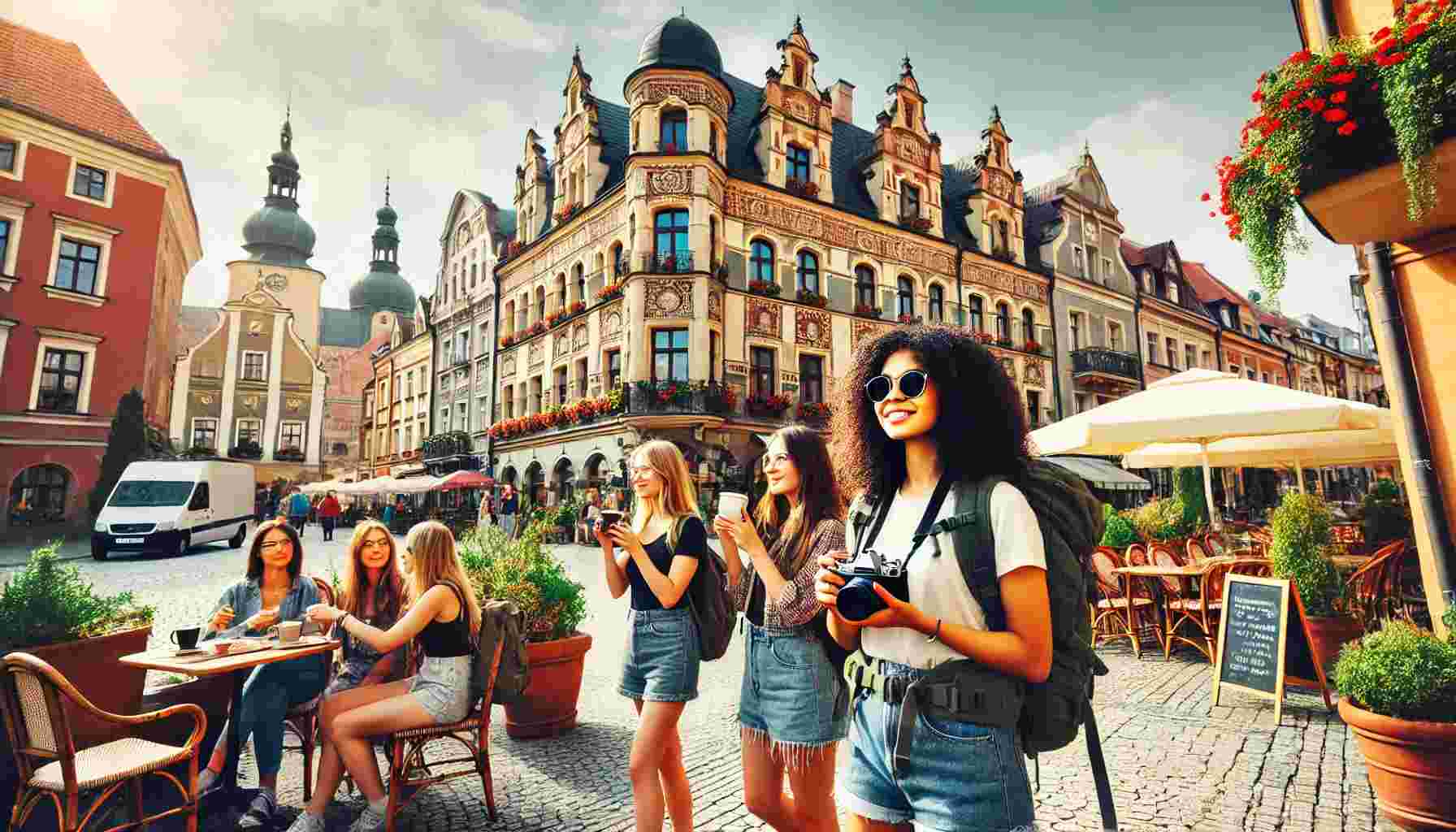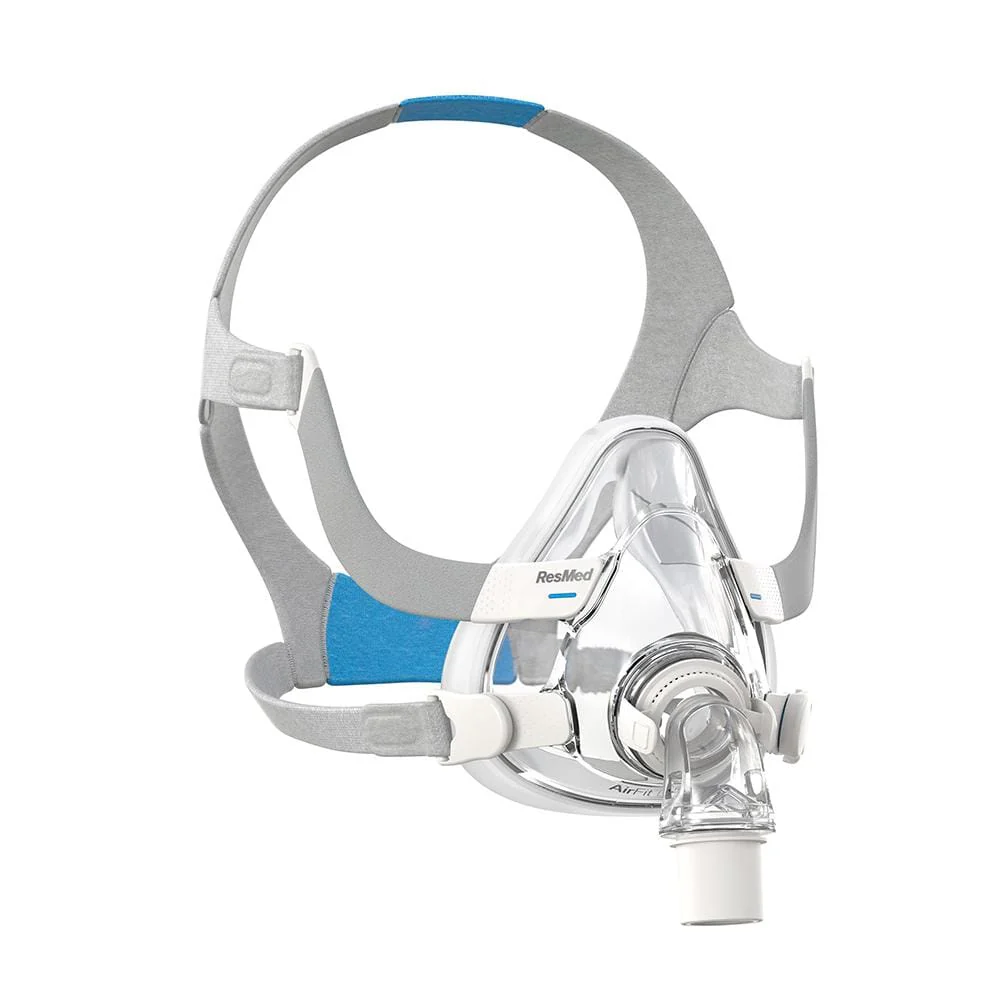Staircases are not merely functional elements in architecture; they often serve as focal points, blending utility with aesthetic appeal. From grand sweeping designs in historic buildings to sleek, minimalist styles in modern homes, staircases showcase architectural innovation and creativity. In this guide, we will delve into the fascinating world of architectural staircases, exploring their design principles, historical evolution, and contemporary trends.
Table of Contents
ToggleHistorical Evolution
Staircases have been integral to architecture since ancient times. Early civilizations, such as the Greeks and Romans, constructed rudimentary staircases primarily for practical purposes, often using stone or wood. These structures evolved over centuries, with advancements in engineering and design leading to more elaborate forms during the Renaissance and Baroque periods.
One of the most iconic examples of historical staircases is the spiral staircase, which gained popularity during the medieval era and continues to be admired for its elegant form and efficient use of space. Spiral staircases can be found in castles, churches, and palaces across Europe, showcasing both structural ingenuity and decorative craftsmanship.
Design Principles
Architectural staircases are designed not only to facilitate vertical circulation but also to enhance the spatial experience and overall ambiance of a building. Key design principles include:
- Proportion and Scale: Staircases should harmonize with the surrounding architecture, considering factors like ceiling height and room dimensions.
- Material Selection: From traditional wood and stone to modern materials like glass and metal, the choice of materials influences both aesthetics and functionality.
- Safety and Accessibility: Building codes and standards ensure that staircases are safe to use and accessible for all individuals, balancing design creativity with practicality.
- Lighting and Visibility: Proper lighting design is crucial for enhancing visibility and highlighting the staircase as a focal point within the space.
Types of Architectural Staircases
Architects have developed various types of staircases to suit different architectural styles and spatial requirements:
- Straight Staircases: The simplest form, consisting of a straight flight of steps without any turns. Common in residential and commercial buildings for their efficiency and space-saving design.
- Spiral Staircases: Curved around a central axis, spiral staircases are compact and visually striking. They are often used in compact spaces or as secondary access points in buildings.
- Floating Staircases: Also known as cantilevered stairs, these appear to float without visible support, creating a sense of lightness and openness. Popular in contemporary architecture for their sleek, minimalist appearance.
- Helical Staircases: Similar to spiral staircases but with a more gradual curve, helical staircases offer a smoother ascent and are favored for their aesthetic appeal in luxury residences and public buildings.
- Circular Staircases: Forming a full circle, these staircases are rare but can be found in historic buildings and upscale homes, showcasing intricate craftsmanship and design.
Contemporary Trends
In recent years, architectural staircases have become focal points for innovative design and artistic expression. Some current trends include:
- Minimalist Designs: Clean lines, open treads, and simple materials like glass and steel create a modern, understated look.
- Integration with Nature: Staircases designed to blend seamlessly with outdoor landscapes or indoor gardens, incorporating natural elements such as wood and greenery.
- Smart Staircases: Incorporating technology for enhanced functionality, such as integrated lighting systems, motion sensors, and even kinetic energy generation through foot traffic.
- Statement Staircases: Bold designs that serve as artistic installations, using unconventional shapes, materials, or colors to make a dramatic impact within the space.
Conclusion
Architectural staircases transcend mere functionality as pathways between floors; they serve as canvases for architects and designers to express creativity, craftsmanship, and innovation. Whether adhering to traditional aesthetics or embracing modern styles, staircases significantly influence a building’s character and functionality.
Through their historical evolution, adherence to design principles, and adaptation to current trends, these architectural elements exemplify ongoing innovation in the realm of design and construction. Additionally, techniques like heat induction bending further illustrate the dynamic possibilities for shaping and integrating staircases into contemporary architectural masterpieces.








